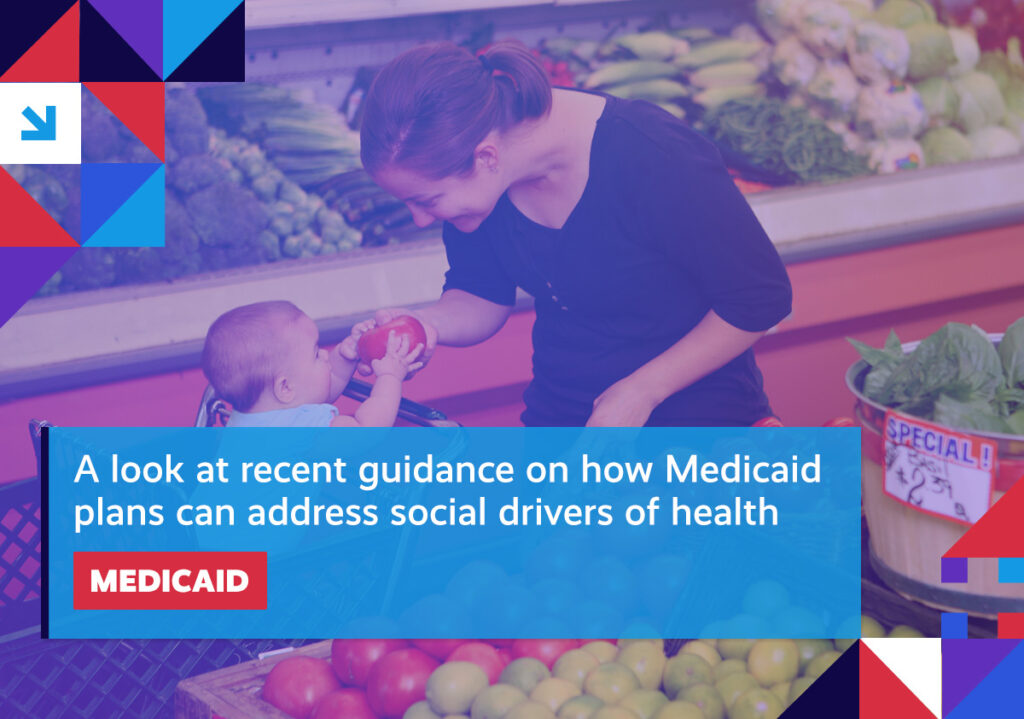A quick roundup of the issues driving the healthcare reform conversation.
Item of the Week

Spotlight
NONPROFIT HOSPITALS Lawmakers focus on nonprofit hospitals’ charity care.
Quick takeaway: A new report highlights the wide deficit between the level of charity care provided by nonprofit hospitals and the tax breaks they benefit from.
Digging deeper: In return for these tax benefits, these hospitals are required to operate for the public good by providing a set of community benefits, including ensuring low-income patients receive care for free or at significantly reduced rates.
However, according to the analysis released by the Senate Health, Education, Labor, and Pensions (HELP) Committee, nonprofit hospitals have failed to provide the required community benefits.
As recently as 2020, the nation’s nearly 3,000 nonprofit hospitals received an estimated $28 billion in federal, state, and local tax breaks, but only managed to provide $16 billion worth of charity care.
What it means: As previously highlighted, lawmakers have increased their scrutiny of nonprofit hospitals’ charity care spending. This new HELP report reinforces calls for Congress and the IRS to hold these hospitals accountable.
EMPLOYER Rx SURVEY Employers value optionality in their PBM contracts.
Quick takeaway: Legislative efforts targeting pharmacy benefit managers (PBMs) threaten to undermine the contract options that employers depend on.
Digging deeper: A new poll highlights how much employers value their PBMs. The overwhelming majority say how valuable it is to them to have the option to choose the type of coverage that meets their unique needs.
It’s this optionality that’s come under threat, with Congress considering legislation that would explicitly limit employers’ flexibility and choice, including the elimination of spread pricing.
What it means: The survey bolsters the growing narrative rejecting Big Pharma’s attempt to push blame for rising drug prices onto other entities in the supply chain, like PBMs, who use contract tools, such as spread pricing, to help better control costs for millions of employers and their employees.
PRICE HIKES Hospital care costs significantly more than care delivered at doctors’ offices.
Quick takeaway: A recent analysis shows that prices for common medical procedures for commercially insured patients are much higher in hospital outpatient departments.
Digging deeper: According to the report from the Blue Cross Blue Shield Association (BCBSA):
- A routine colonoscopy costs $1,124 when performed in a hospital setting, 32 percent higher than the $925 charged at ambulatory surgery centers
- A mammogram was also 32 percent more expensive in a hospital compared to a doctor’s office ($287 compared to $217)
- When performed in a hospital outpatient department, cataract surgery was 56 percent more costly at $3,499 compared to $2,304 in an ambulatory surgery center
What it means: Overpaying for routine medical services that can be delivered in less intensive – and, less expensive – settings drives up premiums and out-of-pocket costs for consumers.
The data reinforces the importance of site neutral payment reform, which BCBSA’s analysis shows could save patients, businesses, and taxpayers nearly $500 billion over 10 years.
Spotlight

| You can keep up with the latest by following the Health Action Network on X and by liking us on Facebook. And, be sure to check us out on LinkedIn, too. As always, let us know if there’s something you’d like to see covered in a future newsletter. |
The Health Action Network includes everyday Americans—families, workers, businesses, patients, providers, neighbors, and friends. We are working together because we support market-based solutions that offer better healthcare choices and help build a stronger economy. The Health Action Network is an Elevance Health, Inc., initiative.
